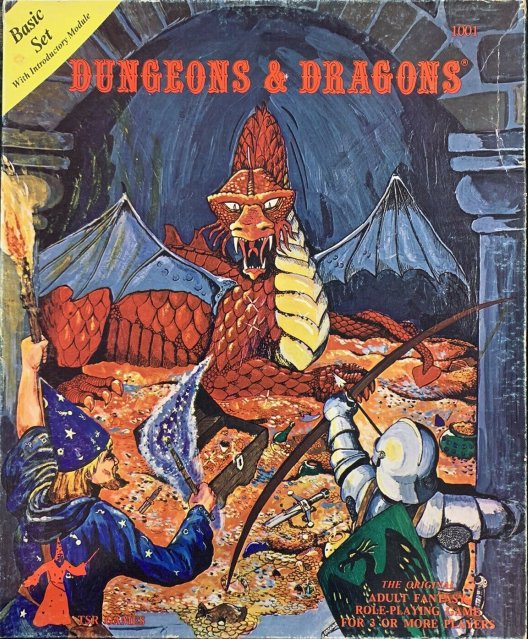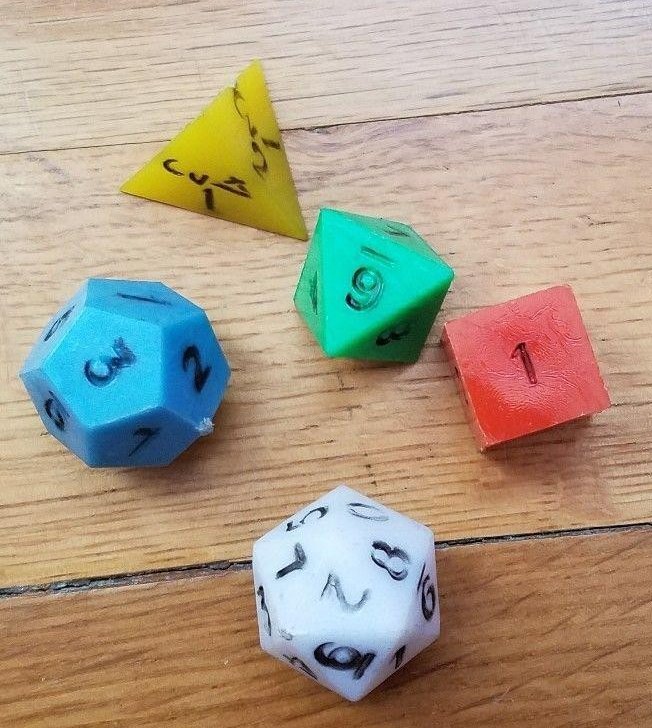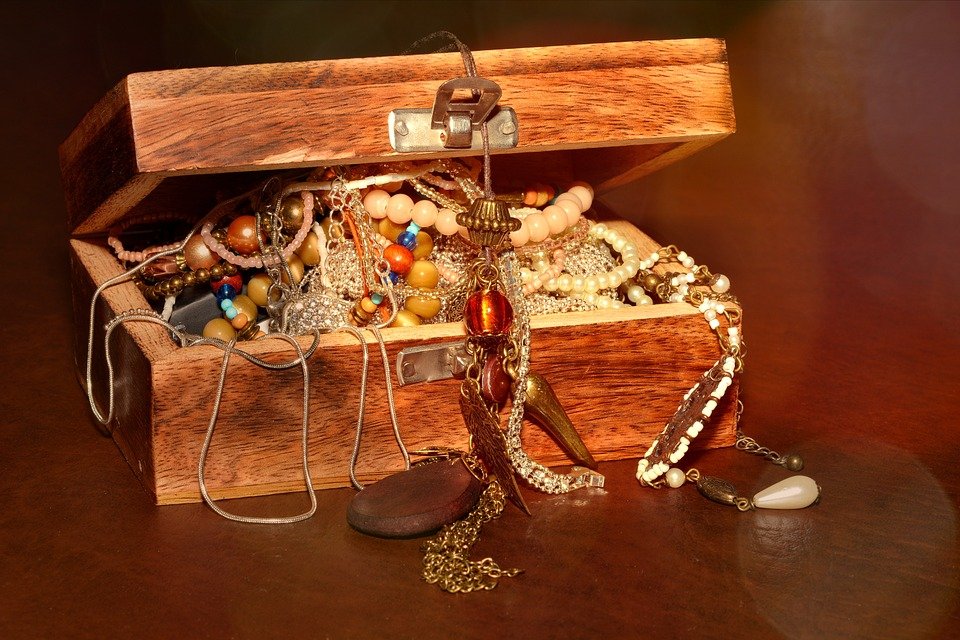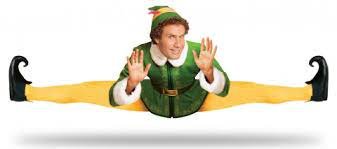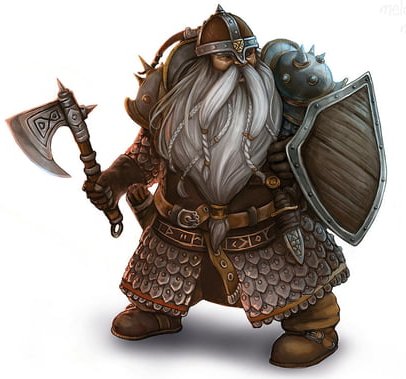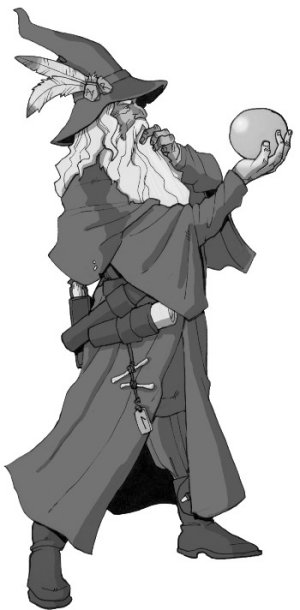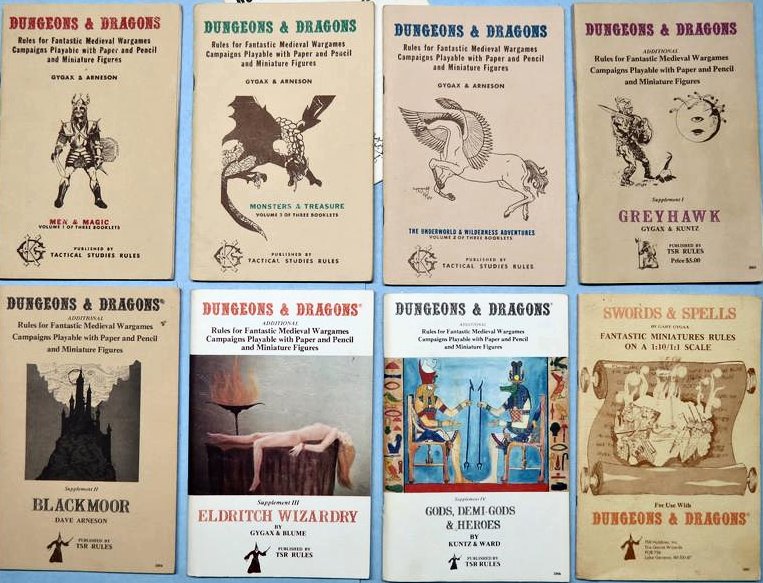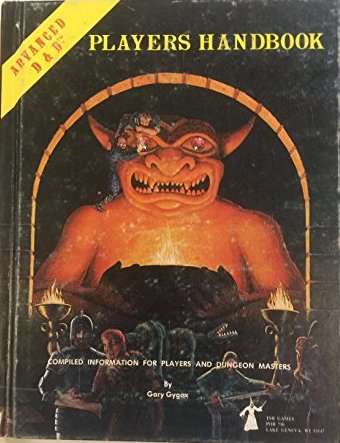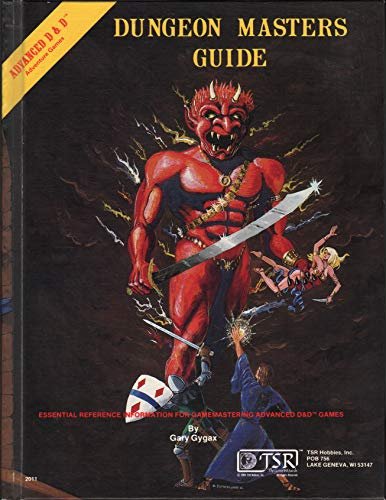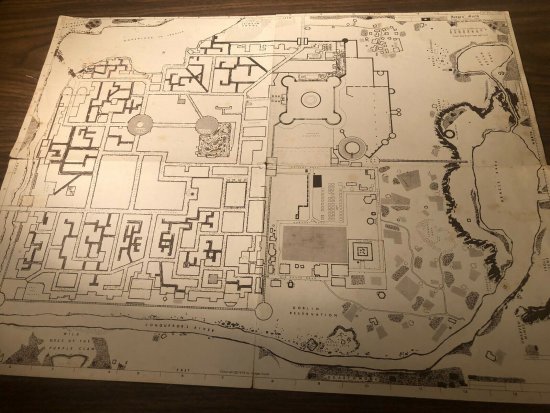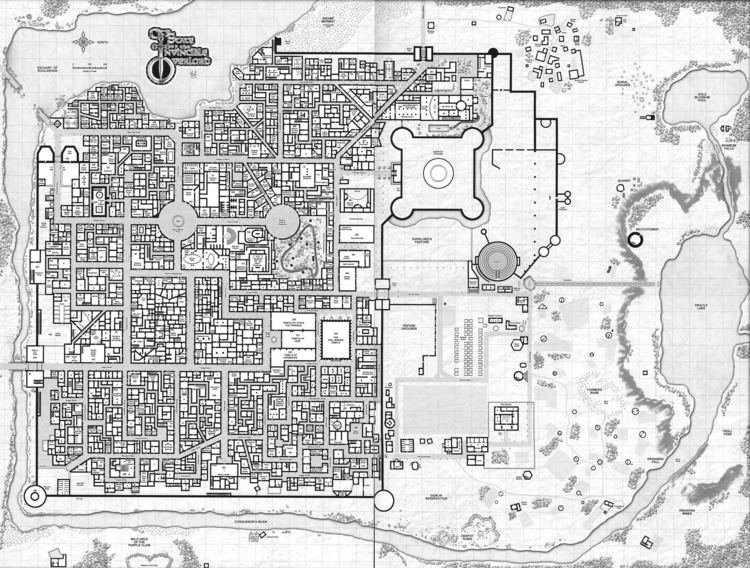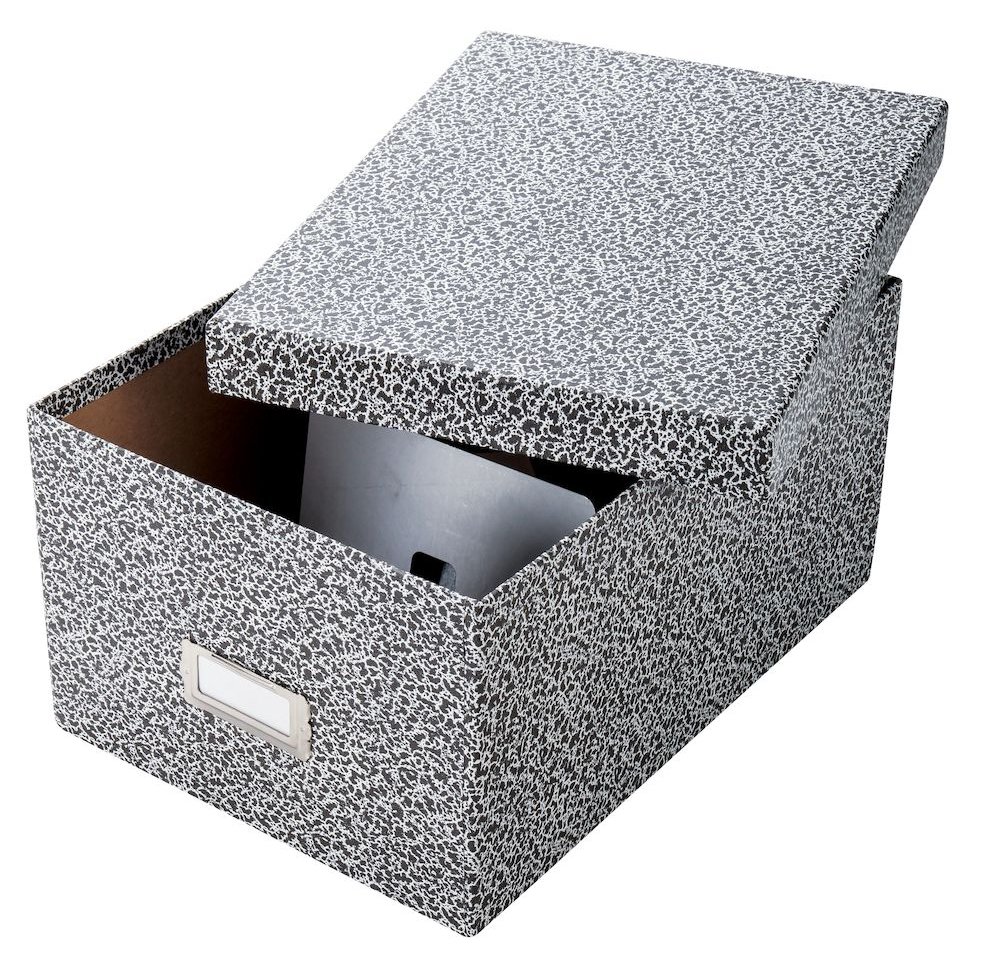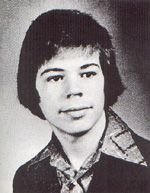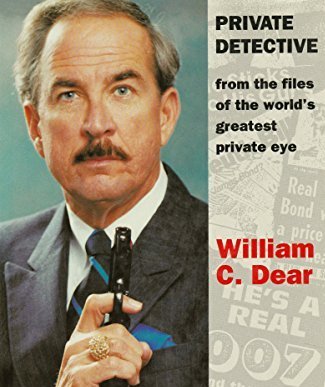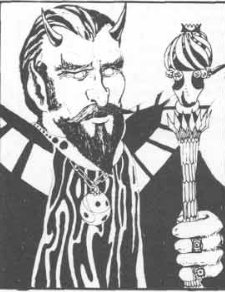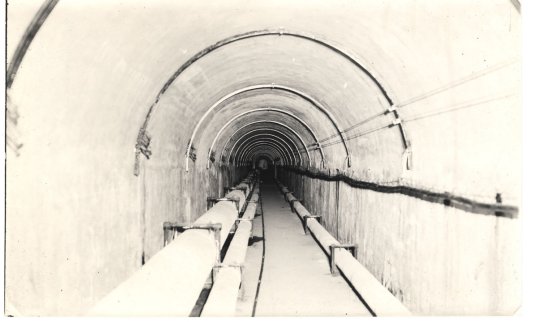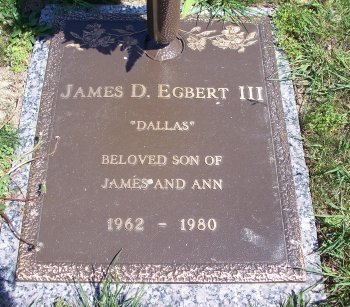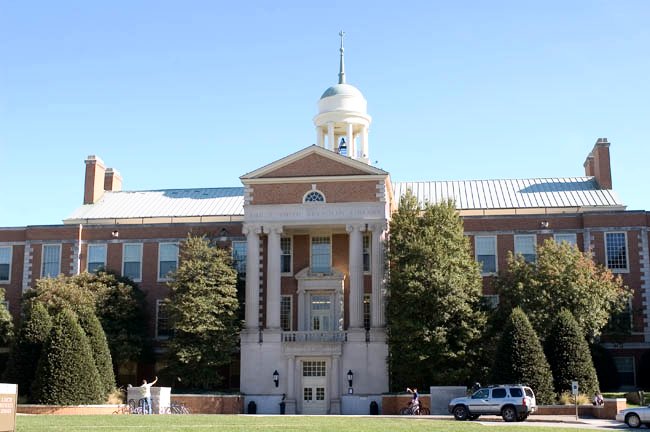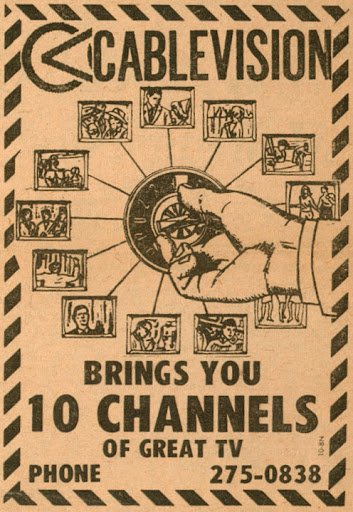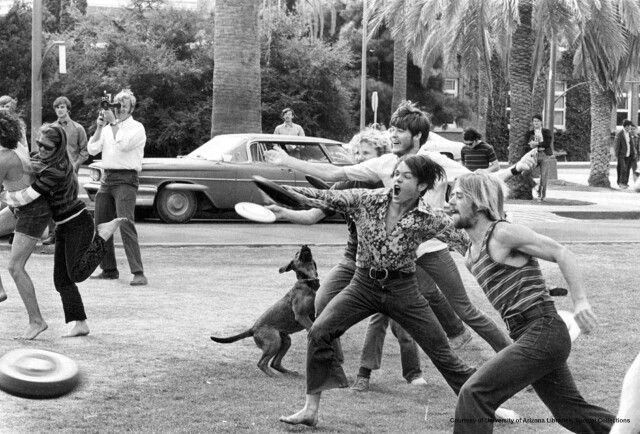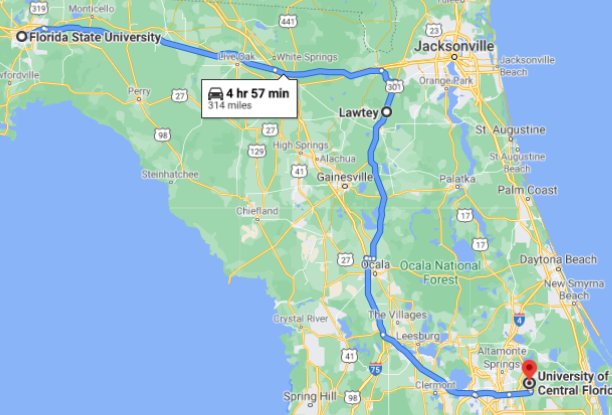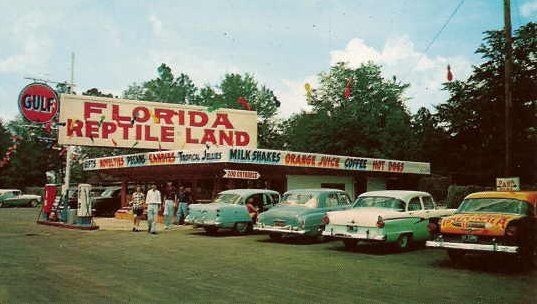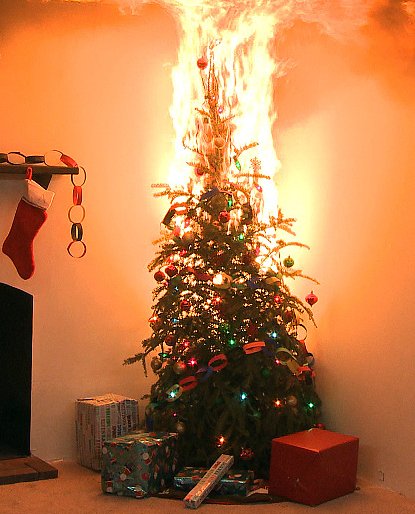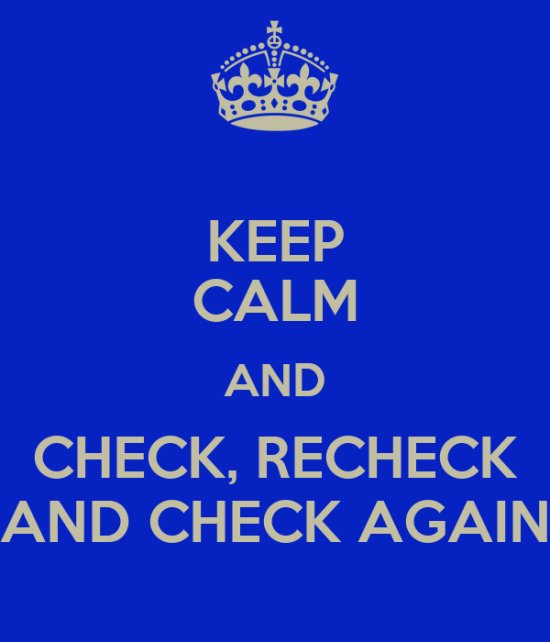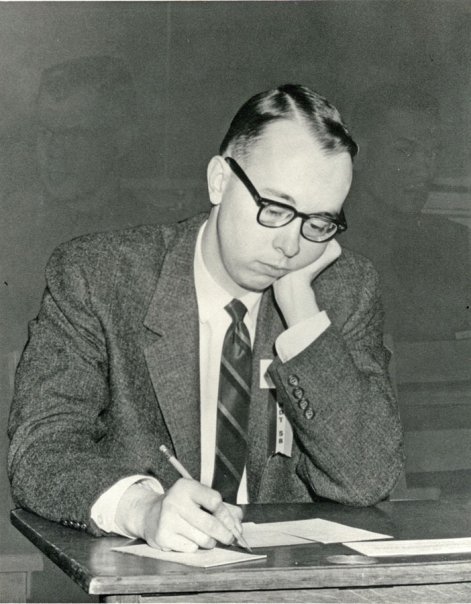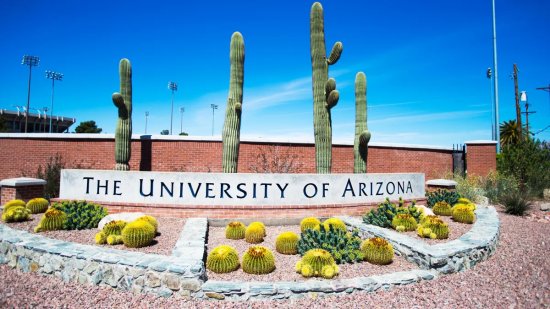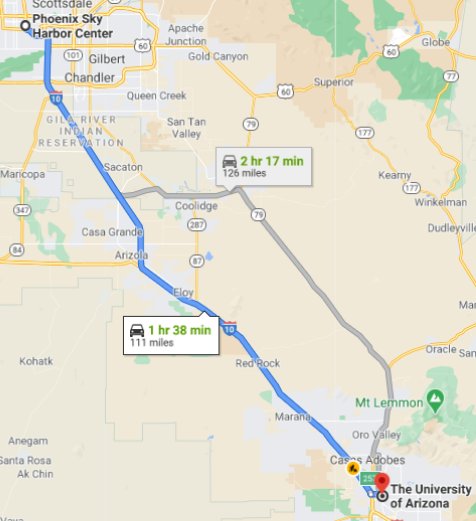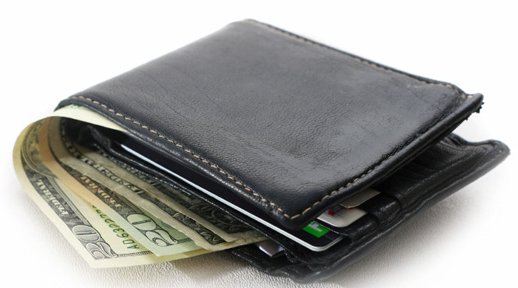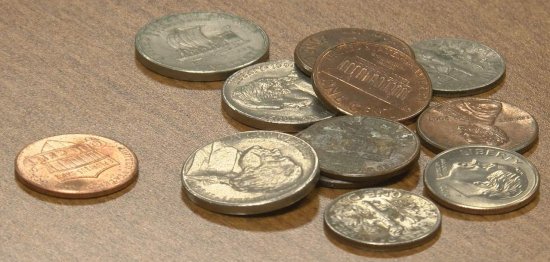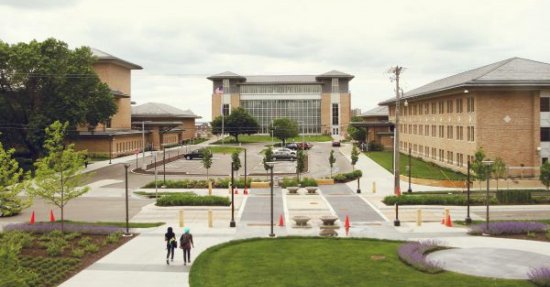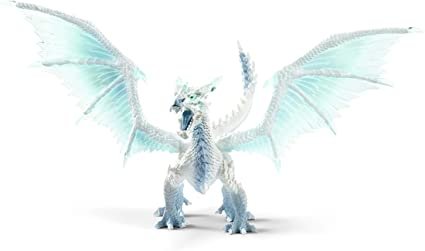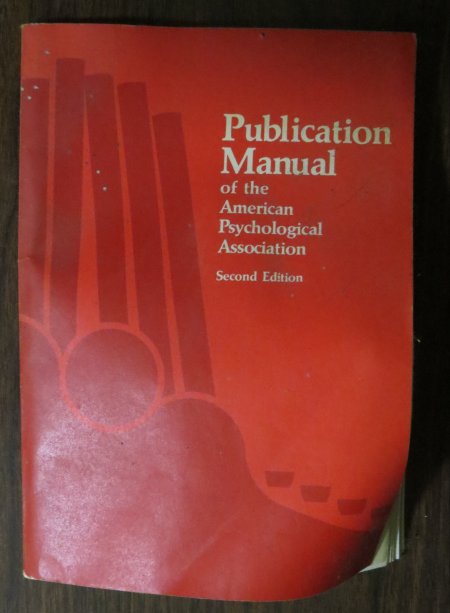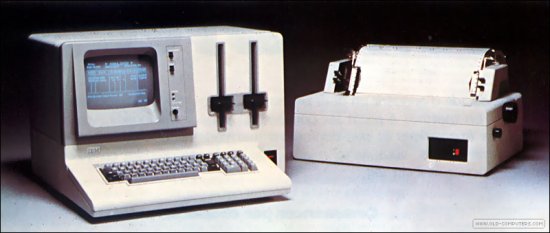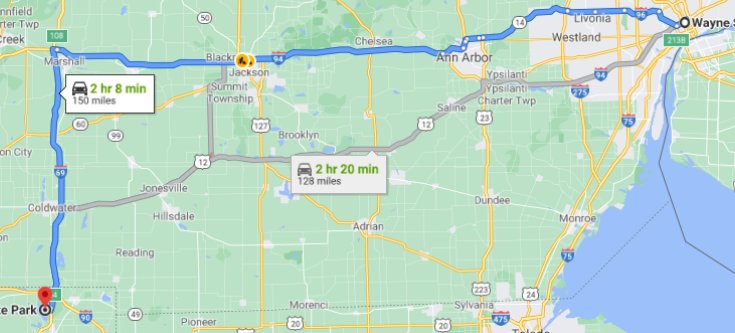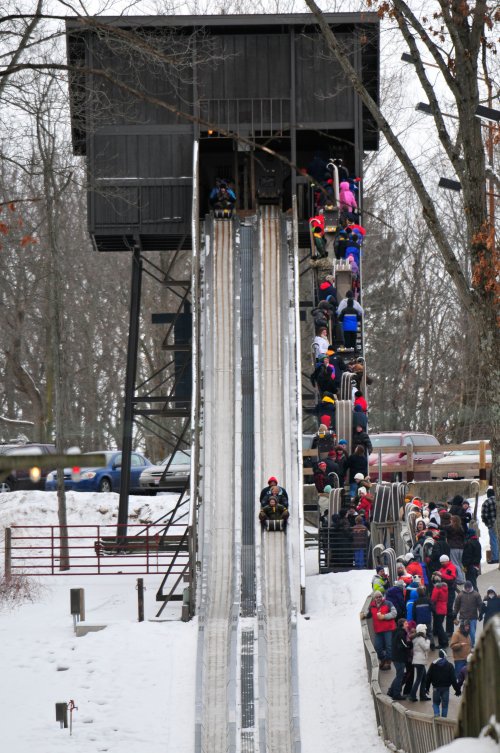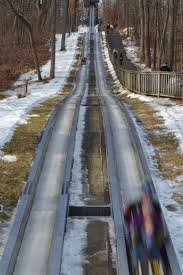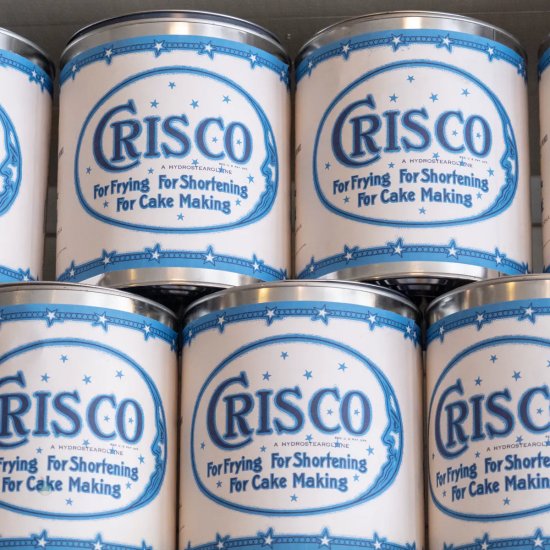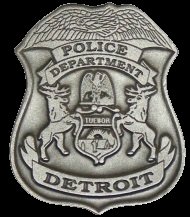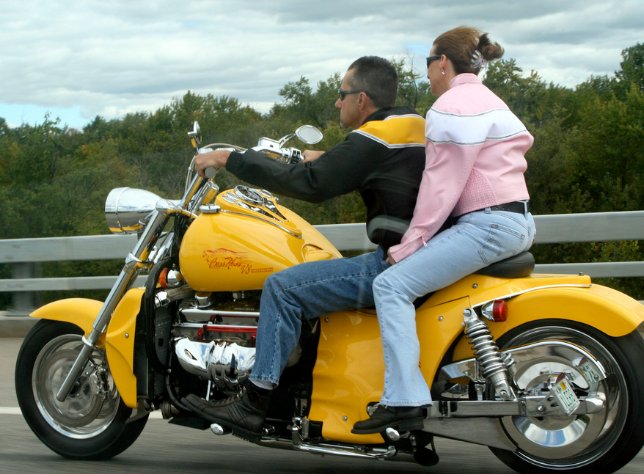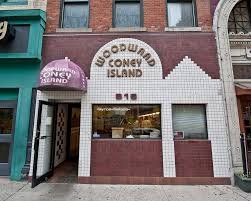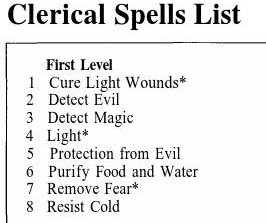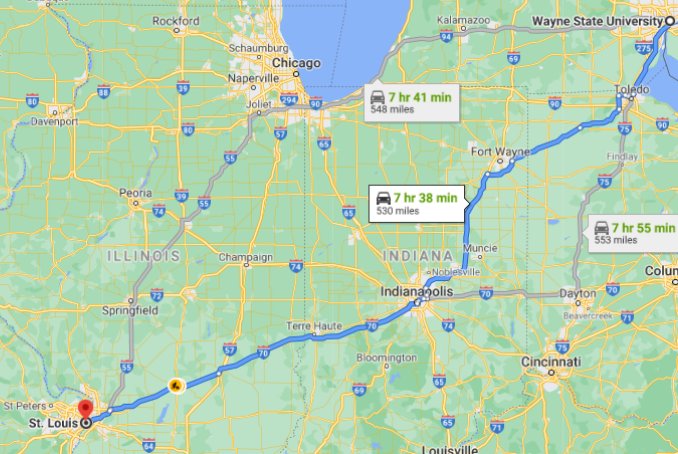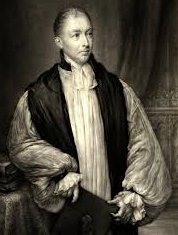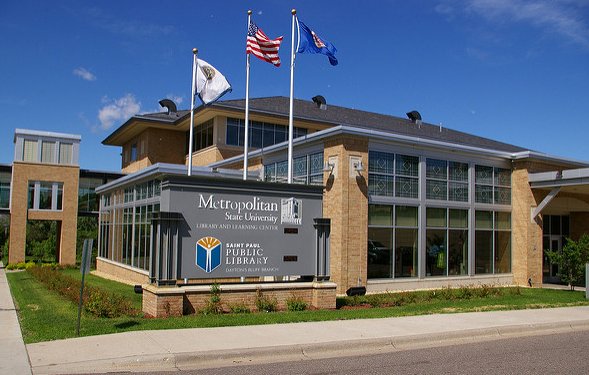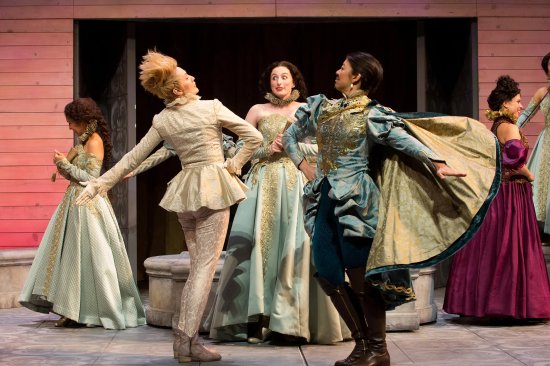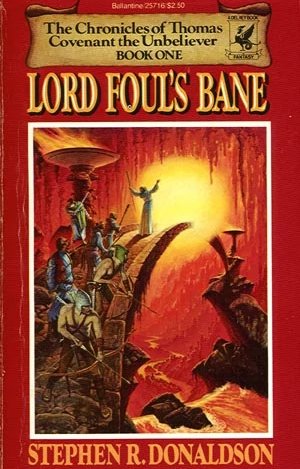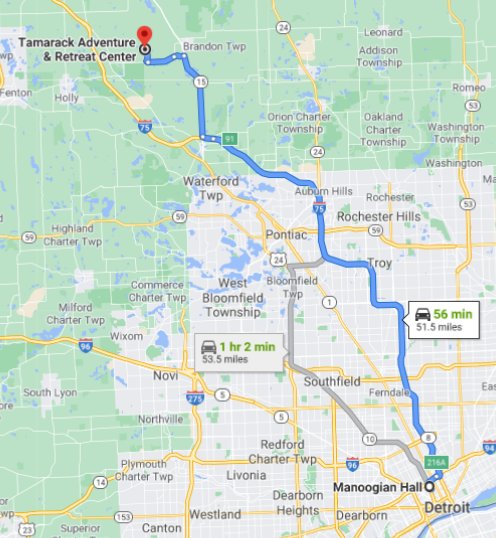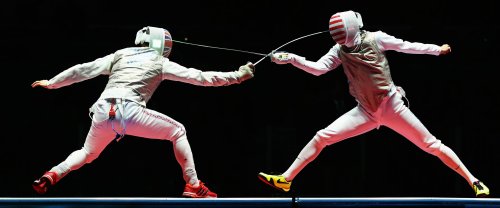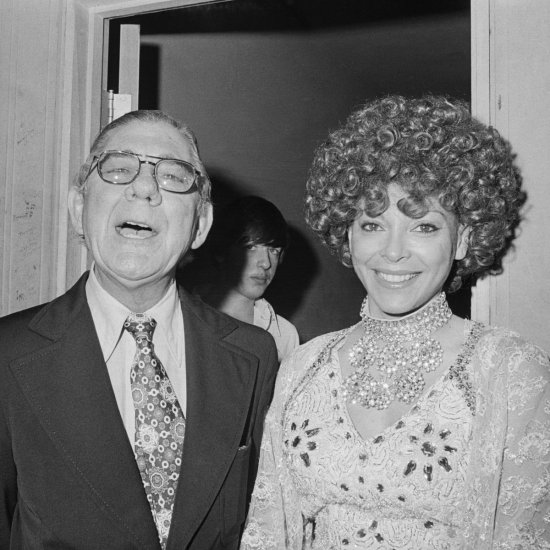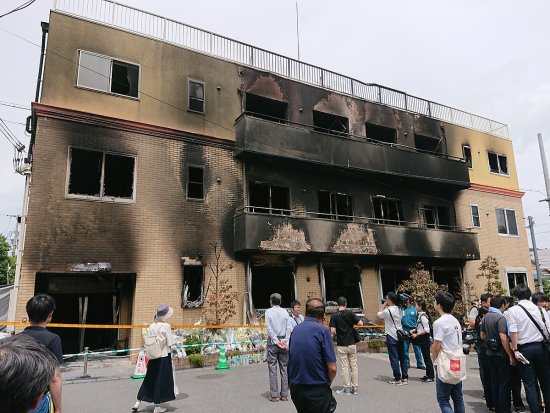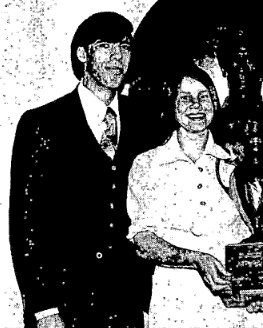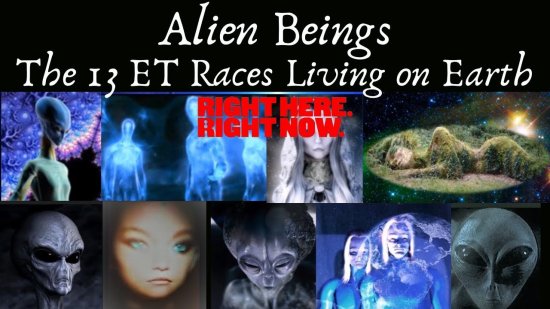A new obsession. Continue reading
Throughout my life I had enjoyed playing board games, especially war games made by Avalon Hill. However, it was always hard to find people to play with. I read an article about Dungeons and Dragons (D&D) in a magazine in late 1977 or early 1978. The game sounded very intriguing, but the article did not make it very clear exactly what it entailed. There did not appear to be much to it, but apparently in some locations people became very involved in the game.
On August 17, 1948, my thirtieth birthday, a day on which I was already scheduled to have a big party in the evening, I drove to a toy store, located the basic set of Dungeons and Dragons, and bought it. It was not expensive, and the box was not very heavy. When I shook it, something rattled a little.
When I got home I opened it and was a little disappointed. There was no board and no game pieces. The box contained only five dice of different shapes and colors and a forty-eight-page book of instructions. Each die had a unique number of faces: 4, 6, 8, 12, and 20. These were to be used to determine random results for different types of events. Eventually it became pretty clear that the primary purpose of the dice was to provide some substance to the “set”. All that the game really required were the rules, a great deal of imagination, and some way of generating random numbers.
Ah, but the rules. The basic concept of the game was simple. One person served as the referee (called the Dungeon Master or DM). Before the players arrived, the DM needed to spend some time drawing a map on graph paper and creating an outline of the adventure. Many adventures were traditionally underground, but they could just as well be in a castle, a ship, or anywhere else.
The various rooms (or caverns or holds or whatever) might be empty, might contain innocuous items, or might contain treasure. Some of the valuables might even be magical (or cursed, for that matter). However, danger lurked everywhere in the form of monsters, evil-doers, and traps. The DM would most likely need to make on-the-spot decisions about unexpected activities from the players, but the more details that were planned in advance the better. It was also a good idea for the DM to have some “random” events ready in case the adventurers dawdled.
To get the adventure going the players need some way of learning about the dungeon. Non-playing characters created by the DM could often fill this role, or it could be arranged that they could find an ancient scroll or something.
Players had to prepare, too. Each controlled one or two characters. The characters’ abilities (strength, intelligence, wisdom, dexterity) could be generated using six-sided dice. Their endurance, measured in “hit points”, was also determined by rolls of the dice.
Players were allowed to choose the class (fighter, magic-user, cleric, or thief—more came later) and race (human, elf, dwarf, half-elf, half-orc, or halfling) and alignment (lawful or chaotic, good or evil) of their characters. Magic users and clerics could memorize a spell or two. Some races had special abilities or limitations. Every character was born with a little money with which to buy some weapons, armor, and supplies.
Nobody won an adventure, but it was possible to achieve a goal that made some or all of the characters stronger. It was also possible for characters to die.
Players were not required to disclose any of their characteristics to the others, but every character had to persuade the others that he/she would be a valuable addition to the party. Recalcitrant characters could and sometimes did say no.
So far, so good. I constructed a little dungeon, and I invited Sue, Vince Follert, and the Benoits to play it. I tried my best to decipher the rules on movement and battles, but it just seemed like the monsters—even the ones that were just powerful humans—moved in slow motion while the party members dashed around and slaughtered them. After a few adventures the players were so powerful and rich that they could take on almost anything,
After the first few games, I knew that something was wrong. The players enjoyed the games, but the battles were not close to realistic. Outcomes were never in much doubt. I read and reread the rules. You can read them yourself here. Take a look. The rules for time and movement are on p. 9. Can you figure them out?
I started to frequent a hobby store on Gratiot Avenue. It sold inch-high lead figurines as well as issues of Dragon magazine and some pamphlets containing details of dungeons or whole campaigns that experienced players had designed. I invested in all of these. The purchases of the magazines and pamphlets were a good idea, but the figurines were a mistake. Anyone who spent a lot of time painting figurines wass going to be very upset if the character died, and a crucial element of the game is the belief of the players in the mortality of the characters. It is what gives the edge to the game.
The first edition of the Player’s Handbook was published in June of 1978. I was not able to lay my hands on one until several months after that. The confusion about movement and how battles (called “melee” in D&D) should be refereed was cleared up by this work. I read it from cover to cover many times, and I had at least a dozen pages tabbed for quick reference.
The quality of the writing in this book was much better than the rules for the basic set. The illustrations were also marvelous.
The Dungeon Master’s Guide was published in 1979. I preordered a copy and picked it up the day that it arrived at Comic Kingdom. The clerk told me that all of their copies were sold the first day. I don’t remember what the book cost, but it was definitely worth it. Everything about the game now made sense. The quality of the adventures that I designed improved enormously.
The Dungeon Masters Guide was also great fun to read. At least twenty pages of mine were tabbed for easy reference.
There was still one problem. The original characters that played in our early adventures were were much too powerful. Their participation in those “Monte Haul” games had left them so rich and powerful that they could no longer sensibly play with inexperienced characters. Superman never took Jimmy Olsen on adventures.
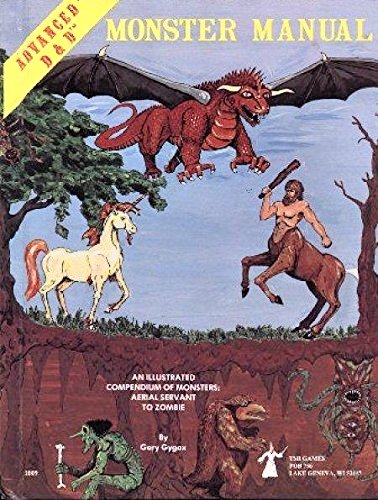
I did not set out to solve this problem, but … In one of the games in late 1978 or 1979 I designed a White Dragon named Frix. For some time I spread fables and stories about his enviable treasures and his awesome super-cold breath. One day a group of the rich and powerful characters assembled a small party and decided to go after Frix.
The adventure started in the usual way. Once in the cave complex, the party ran into a few squads of orcs and the like. They quickly disposed of them and made their way down to the fourth level, which their informant had told them was the abode of the great white dragon. The party found the lair and then burst in without taking any precautions.
I rolled a die to see whether they had surprised Frix. It wasn’t likely. At least one of them was clanging around in plate mail a hundred feet beneath the ground and they talked to one another constantly. So, Frix struck first with his frigid breath. They rolled saving throws, but, alas, they all were frozen to death.
None of them took this well, but a couple of weeks later Vince, one of the participants, asked me if they could have avoided the peril if they just had asked their cleric to memorize the Resist Cold spell instead of the Cure Light Wounds spell that clerics always used. When I admitted as much, he conceded that they were all idiots and deserved to die.
In a way they became legendary, not for their accomplishments in previous dungeons but for their arrogance and lackadaisical preparation in the last one.
I came across The City State of the Invincible Overlord, a publication of the Judges Guild, at Comic Kingdom, and I bought it. It had detailed maps and descriptions of the contents of nearly every business in the city. I bought a lot of 5″x8″ index cards and a box to hold them. I made one card for each business so that I could rapidly find them. From that point on, I started every adventure that I created with the characters at an inn in the city. After the original encounter with the proprietor, another customer, or an employee they could walk to other buildings to purchase gear or ask for information. Setting all this up took a lot of time, but it worked well.
The next major step was a gigantic one. At some point in late early 1979 Sue obtained an IBM 5120 computer for her business, TSI Tailored Systems. How she managed this is explained here. I took advantage of this to write a few BASIC programs that really enhanced the experience of D&D get-togethers both for the players and for the DM.
The fist program automated the process of generating a new character. The player entered a number. The program used the number as the seed for the built-in random number generator and produced a list of the character’s ability scores. The player could save or reject them. If the scores were accepted, a permanent record was made. This program greatly accelerated the process of getting a new player ready for the first adventure.
The next step was to allow the editing of the player record to reflect advancement to higher levels and other important changes. A sheet of green-bar paper that contained almost all of the personal information needed for an adventure could then be printed out for each player.
The final step was the program to assemble a party. When all of the characters had been entered, a printout was created that had information that the DM needed for each player in an easy-to-read format. This dramatically reduced the time spent paging through the handbooks looking for tables.
The last program was the simplest. It just provided a way of printing up a set of rumors to distribute randomly to the characters.
D&D was a lot more fun with these programs. They cut down on the drudgery and left more time for the adventures. No one ever complained about them.
Our basement was an ideal location for an adventure. The DM sat on a stool behind the bar. Their were couches (well, actually one was the back seat of an old Mercedes) and chairs aplenty for the players. People brought their own drinks and snacks.
Sue sometimes played. Her principal character was a cleric named Sr. Mary Chicos, named after a former nun who worked at Brothers Specifications. She also did some work on an adventure featuring Massai warriors, but I don’t think that we ever played it.
A lot of students from Wayne State’s Forensics Union played. In addition to the people mentioned above, the group included Mike Craig and a friend of his who ate an enormous amount of snacks. In other circles the players “crawled” dungeons, but Mike introduced the phrase, “Let’s dunge” to our group. Jo Anne might have come once or twice. Nancy Legge, Gerry Cox, and Mark Buczko were definitely regulars. Kim Garvin came once. I think that Scott Harris also played at least once.
I am sure that there were other participants. A professor in the speech department attended one adventure, and he brought his son. They chose not to play, but they observed for hours.
I don’t remember too many details of the dungeons that I created. I remember one in which the players discovered a space ship. It was not much fun.
I spent a lot of time on the one that the speech prof attended. The characters needed to arrange passage on a ship to get to an island owned by a witch. Fortunately they did not select the boat with the lowest charge. They might have spent the rest of the time looking for Davey Jones’ locker.
When the party arrived at the island, the witch gave them a quest and promised to reward them handsomely if they succeeded in killing her rival, a frost giant. There were two possible approaches to the cave in which her enemy lived; The Path of the Forlorn was full of traps, and the Path of the Misbegotten was subject to attacks from monstrous creatures. The party chose the monster route. The witch, however, insisted that the group’s most fit participant (as measured in hit points) stay behind with her to keep her company. She was SO lonely. So, the party’s best fighter missed the most importantUr part of the adventure.
My favorite part of the dungeon was the entrance to the giant’s lair. It was a sheet of ice thirty feet long at a forty-five degree angle. It was not easy to escape from this place in a hurry. The group did a good job of dealing with the obstacles, and they won the prize. The poor guy who was left with the witch had to be carried to the awaiting ship by the exhausted adventurers.
I liked to play in the adventurer’s groups occasionally. I had six characters that I remember. My original character was Prufrock the cleric. I think that he had a magic hammer. I had two female characters. Kithra was obviously based on Wonder Woman. Her first purchase was high hard boots. Tontonia was a half-elf with a much less dynamic personality. Urgma was very stupid but a strong fighter who was comfortable taking orders. Pslick was a magic user who also had some “psionic” powers. He was also a wise guy. Gubendorf was a thief. He was so obnoxious that he was killed by his own party at the end of his first adventure.
A teenager named James Dallas Egbert III was in the news in 1979-80. He was described as a “genius” or “child prodigy” who was majoring in Computer Science. For some reason he was living in his dorm room at Michigan State in the middle of August in 1979. Then he “disappeared”.
His parents back in Dayton, OH, somehow heard about D&D and the steam tunnels. They thought that he might have been killed by a D&D cult acting out fantasies in the tunnels. They told their theory to the newspapers and hired a private detective.The news reports emphasized two things. 1) JDE3 played D&D; 2) He and some friends explored the steam tunnels in East Lansing. They speculated that he and his friends were acting out an adventure, and he was killed either accidentally or as a sacrifice to Asmodeus (do NOT say the name out loud or you will immediately summon him, and he is NEVER in a good mood).
The detective never found him (but he did find a book deal). JDE3 eventually called the detective and told him that he had taken a bus to New Orleans, where he was NOT developing a D&D campaign based on voodoo or Mardi Gras. The detective tried to talk JDE3 into returning home to Dayton, but that was never going to happen. Instead JDE3 tried unsuccessfully to kill himself twice. He succeeded the third time when he used a gun.
I smelled a rat in this story from day 1. First of all, if he was a computer genius, why was he going to a state-run ag school? What was wrong with MIT or Cal Tech?
Second, why did he not go home for the summer after his freshman year? Most students are eager to compare experiences with their old high school buddies.
Third, I knew a group of guys who messed around in the steam tunnels in Ann Arbor. If I had been running a D&D campaign in those years, a few might have played in it. However, we would never have played in the tunnels. The reason is simple. There is no light. D&D requires lots of reading and mapping. The two activities are totally incompatible. I have never been in the steam tunnels of East Lansing, but I doubt that they are large enough for bugbears, much less giants, djinn, or dragons. Students might have discussed what an adventure in a tunnel would be like, but they would never act it out in such an unwieldy environment. A hero needs room to swing that two-handed sword and enough light to identify his foe.
Finally, it just seemed obvious to me that he had run away. Something must have been going on at home. It turns out that he was gay. When I was a freshman at U-M, my parents suspected me of being gay or on drugs or something because of the way that a friend (without my permission) answered my phone in the dorm. My mom and dad flew up to Ann Arbor to check out the situation. I would bet anything that JDE2 made some kind of threat that caused JDE3 to think that East Lansing would no longer be far enough away from his parents.
A similar take on this sordid tale can be read here.
After we left Detroit I played D&D a few times. When it appeared unlikely that I would have any further use of my materials, I gave them to Sue’s nephew, Travis LaPlante.

